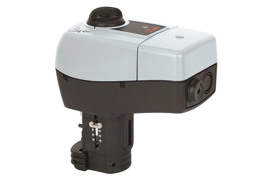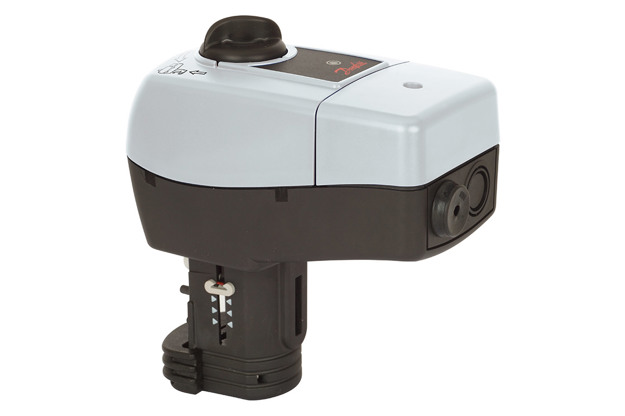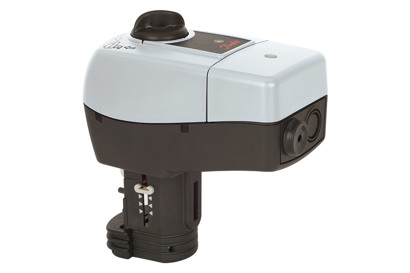
Constant flow maintained at varied system pressures...
Assuming that each device was at equilibrium to start, we can deduce that each device is now getting either too much or too little heat transfer. As a result, each device requests that their valve open or close to compensate for the change in flow induced by the change in system pressure.
Due to this chain reaction, HVAC systems with traditional valves can be inherently unstable, which leads to overflows and underflows at the terminal coils. In turn, this leads to wasted energy, suboptimal heat transfer, premature failure of equipment, and a less comfortable space for the building occupants.
At RIT, we wanted to investigate an alternate HVAC design that could improve the stability of our system. Our research suggested a relatively new technology called a pressure independent control valve (PICV), which is able to absorb system pressures to maintain a constant desired flow rate at all times. In theory, if a PICV functions properly, then changes in system pressure will not cause flow changes through the valves – thus solving the instability issues.
View Related Products...
-
if (isSmallPicture) {


 AB-QM™ Actuators
AB-QM™ ActuatorsA variety of complimentary actuators are available that work synergistically with the AB-QM™ valve, maximizing the balancing & control features of the valve. Select your actuator based on your desired control input features for your application.



